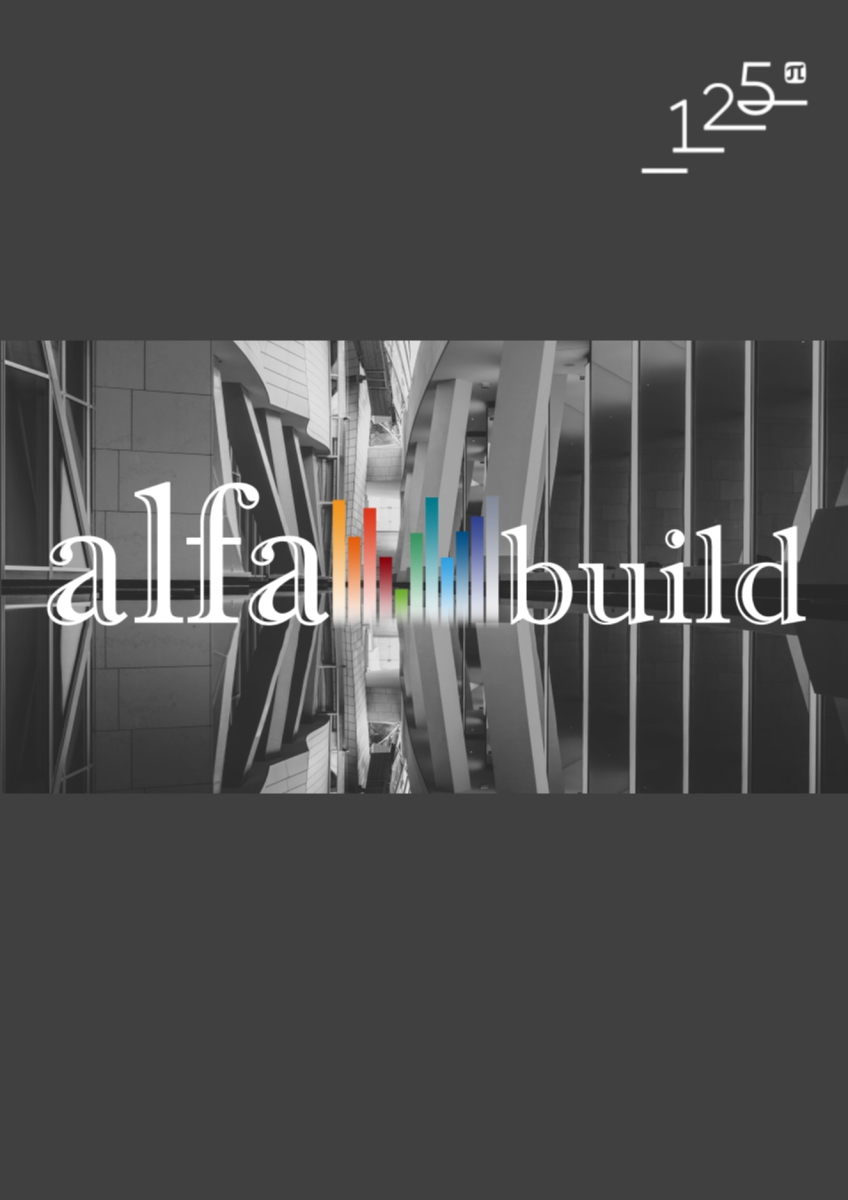Road surfaces made of nanomodified fiber-reinforced concrete
The object of research is road surfaces made of nanomodified fiber concrete. This work aims to develop a scientifically sound technological solution aimed at improving road surfaces made of nanomodified fiber concrete, as well as a comprehensive study of their characteristics. Method. The entire range of physical and mechanical properties and performance characteristics of modified composite binders and basalt fiber concrete based on it was studied. Results. Modified composite binders have been developed, which are an effective basis for obtaining fiber concrete, with an elastic-viscous microstructure (elastic modulus 40.3 GPa, Poisson's ratio 0.20) and high performance characteristics (grades: G1 (abrasion resistance), W18 (water resistance), F2300 (frost resistance), T15-T115 (heat resistance for classes according to maximum permissible application temperature I9-I11)), which allows the use of composites for highways).



